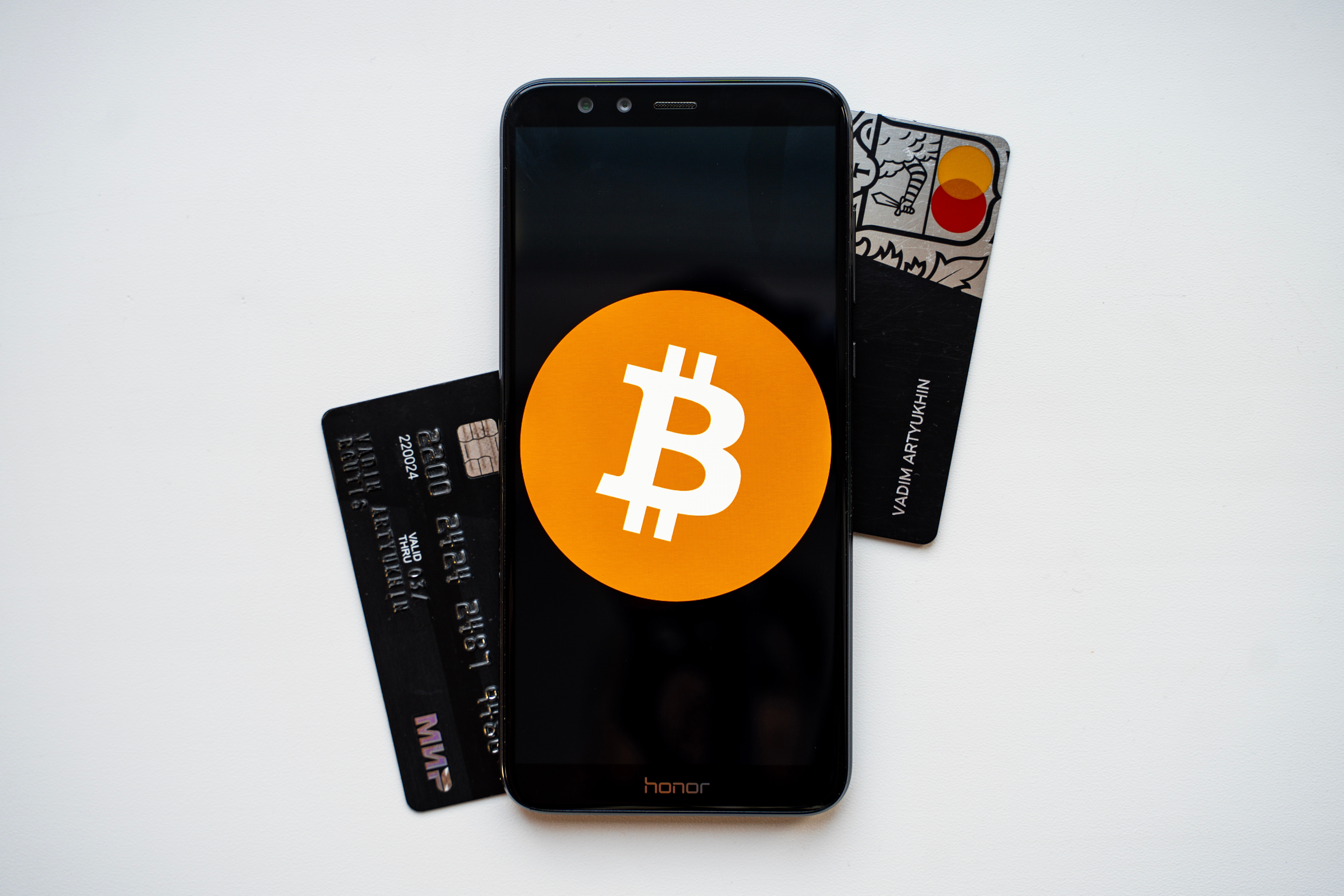
Introduction: The Rise of Decentralized Finance
Decentralized finance (DeFi) is revolutionizing the traditional financial sector through innovative solutions and platforms. In recent years, the DeFi ecosystem has rapidly expanded, leveraging blockchain technology to bring new levels of accessibility, security, and efficiency to the world of finance.
What is DeFi and How Does It Work?
DeFi is an umbrella term for a wide range of financial applications built on blockchain technology, particularly using the Ethereum network. Unlike traditional banking institutions, these platforms are decentralized, removing the need for an authoritative central body. Instead, they rely on smart contracts to enable financial transactions and services.
Key Components of the DeFi Ecosystem
- Lending and Borrowing Platforms: Through DeFi, individuals can lend and borrow assets without intermediaries by using smart contracts. Borrowers often have to provide collateral to ensure compliance, while lenders earn interest on their lent assets.
- Decentralized Exchanges (DEXes): DEXes allow users to trade assets and cryptocurrencies without a centralized platform. Trading is conducted directly between users, thus increasing security, privacy, and accessibility.
- Stablecoins: These are cryptocurrencies pegged to a stable asset like the US Dollar or gold. They provide a stable store of value and are often used in DeFi applications to reduce volatility. Some popular stablecoins include Tether (USDT), USD Coin (USDC), and SBC.
- Tokenization: Tokenization refers to the process of turning assets into digital tokens on a blockchain. This enables fractional ownership, increased liquidity, and secure trading.
DeFi Challenges and Potential Risks
Despite its many advantages, DeFi is not without challenges. Some of the key risks and concerns include:
- Smart contract vulnerabilities: Since DeFi relies heavily on smart contracts, any bug or exploit could lead to financial loss.
- Regulatory uncertainty: Many countries have yet to implement regulations surrounding DeFi and cryptocurrency. This could lead to potential legal issues and crackdowns on DeFi platforms.
- Scalability: As DeFi applications gain popularity, blockchains must be able to handle larger transaction volumes. Current network limitations could slow adoption and limit growth.
Blockchain in DeFi: Building the Foundation
Blockchain technology is at the core of decentralized finance, providing a secure and transparent infrastructure for DeFi applications. Through blockchain, transactions are recorded in a series of blocks, forming an unalterable chain. Each block contains transaction data, a timestamp, and a unique cryptographic hash. This decentralized nature eliminates single points of failure and prevents tampering with transaction records.
Integration with Traditional Financial Institutions
As traditional financial institutions begin to recognize the potential of DeFi, we can expect closer collaboration between the two sectors. Banks and financial service providers may utilize DeFi components such as smart contracts, tokenization, and decentralized lending to enhance their existing products and services. This will further drive innovation, improve accessibility, and present new business opportunities in the finance sector.
DeFi for Social Impact
Decentralized finance can also be instrumental in addressing some of the longstanding issues related to financial inclusion, income inequality, and access to credit for underserved communities. By offering more affordable and transparent financial services, DeFi has the potential to promote economic growth and financial security in developing nations. By combining DeFi with mobile technology, users in remote areas can access a wide range of financial services that were previously unattainable.
What’s Next for DeFi and Blockchain?
The DeFi space is constantly evolving, with new platforms, services, and technological advancements emerging regularly. Key developments to watch for include:
- Interoperability: The ability for different blockchains and DeFi platforms to communicate seamlessly will improve the overall ecosystem, providing users with additional functionalities and options.
- Improved security and privacy: With ongoing research and innovation in both blockchain and DeFi, we can expect enhanced measures to counteract vulnerabilities and maintain user privacy.
- Wider adoption: As DeFi becomes more mainstream, traditional financial institutions may begin integrating decentralized components into their services, creating a hybrid financial system.
Decentralized finance holds significant potential to transform the financial sector, providing innovative solutions that democratize access, improve efficiency, and enhance security. While DeFi faces various challenges, the combination of new developments and increased adoption suggests that its role in the future of finance will only continue to grow.